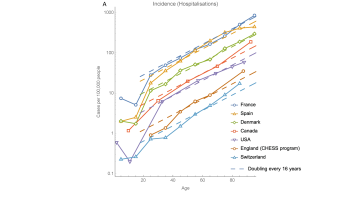Inversion in Volvox: Forces and Fluctuations of Cell Sheet Folding
Abstract
Tissue folding during animal development involves an intricate interplay
of cell shape changes, cell division, cell migration, cell
intercalation, and cell differentiation that obfuscates the underlying
mechanical principles. However, a simpler instance of tissue folding
arises in the green alga Volvox: its spherical embryos turn themselves
inside out at the close of their development. This inversion arises from
cell shape changes only.
In this talk, I will present a model of tissue folding in which these
cell shape changes appear as variations of the intrinsic stretches and
curvatures of an elastic shell. I will show how this model reproduces
Volvox inversion quantitatively, explains mechanically the arrest of
inversion observed in mutants, and reveals the spatio-temporal
regulation of different biological driving processes. I will close with
two examples illustrating the challenges of nonlinearity in tissue
folding: (i) constitutive nonlinearity leading to nonlocal elasticity in
the continuum limit of discrete cell sheet models; (ii) geometric
nonlinearity in large bending deformations of morphoelastic shells.


